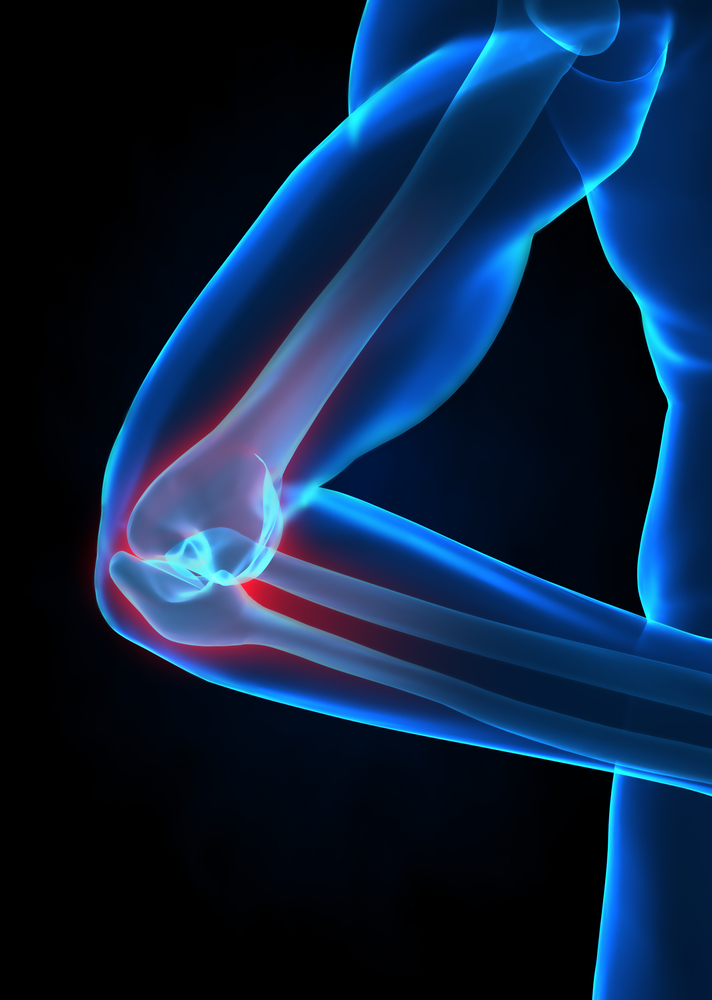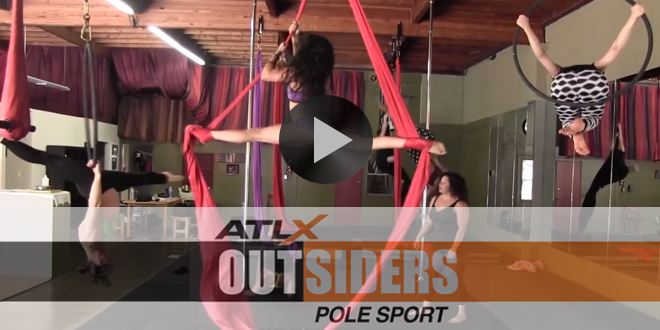By: Sarah McWilliams
What is it?
Epicondylitis is commonly referred to as tennis elbow or golfer’s elbow. This condition is a type of tendonitis (a fancy term for the swelling of the tendons) that occurs in athletes who use their elbows on a c onsistent basis. For tennis players, it’s common to feel pain in the outer elbow, while golfers will more commonly feel pain on the inner part of their elbow.
onsistent basis. For tennis players, it’s common to feel pain in the outer elbow, while golfers will more commonly feel pain on the inner part of their elbow.
Any sport where there is gripping between the thumb and first two fingers is at an especially high risk for this type of injury.
Who’s at risk?
Obviously, as the name suggests, golfers and tennis players are at a high risk for epicondylitis. Any sports that require the same repetitive arm motion — racquetball, squash, fencing, weight lifting, etc … — are also at high risk for this condition
Athletes who have not developed their shoulders or core strength may tend to put more emphasis on their elbows during their movements, thus creating a higher chance for this condition. The incidence is also higher for athletes over 40.
Although the pain is in your elbow, many people feel pain when they use their hands. That pain may also radiate throughout your arm when you lift something, shake hands or even open a door.
How do you diagnose this type of injury?
A doctor will begin by examining your arm and your elbow having you lift your arm, flex the muscles and bend your elbow to localize the pain. An X-ray or MRI may also be necessary to diagnose epicondylitis.
What are the treatment options?
It’s best to start with conservative options when treating epicondylitis. Resting the arm that is in pain, taking anti-inflammatory medication and icing the elbow should be the first step in recovering from tennis elbow. This condition can usually heal on it’s own as long as you don’t exacerbate the pain by using the injured arm.
 If rest doesn’t work, physical therapy can help to strengthen the surrounding muscles, or for a more aggressive treatment a doctor can inject steroids to help ease the pain in the elbow. However, injections are not a long-term solution for this condition.
If rest doesn’t work, physical therapy can help to strengthen the surrounding muscles, or for a more aggressive treatment a doctor can inject steroids to help ease the pain in the elbow. However, injections are not a long-term solution for this condition.
If your epicondylitis doesn’t heal within two to four months, a doctor may recommend surgery to remove the damaged tendon.
How long is the recovery period?
With conservative treatment, epicondylitis should subside within two months. If surgery is necessary, it could take between four and six months to recover from the procedure.
 ATLX The only sports entertainment television and digital media network fully devoted to everyday athletes, athletic lifestyle and athletic culture.
ATLX The only sports entertainment television and digital media network fully devoted to everyday athletes, athletic lifestyle and athletic culture.





